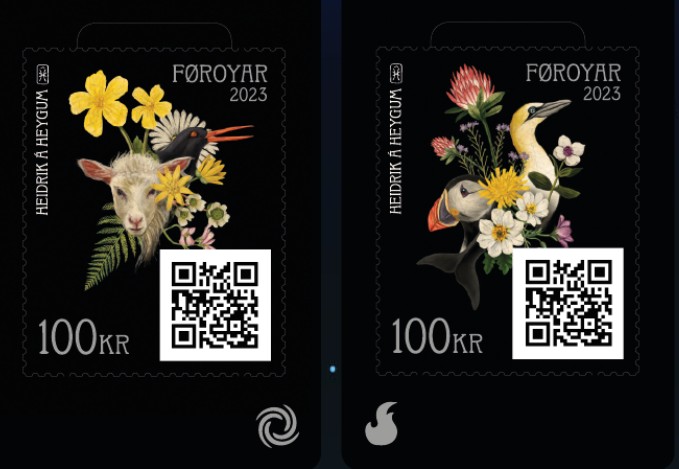I saw a great solution in tokenization of a real asset, I suggest we take a close look at it. Everything in this solution is well thought out. Our specialists need to see how everything works in this project and adapt it to our needs.
The launch of the first NFT stamps in Scandinavian countries.
Posta is introducing a new generation of stamps, the so-called NFT stamps. This means that each physical stamp is represented by a unique digital token, known as a non-flammable token ( NFT ), which is stored in a blockchain network. This means that each stamp is truly unique and cannot be reproduced or duplicated.

This was achieved by integrating a so called “oracle“ that enables owners to not only influence the visual appearance of their digital NFT stamp, but also to capture a unique moment in time that can never be replicated again. For the first time, owners can take control, not only of their own stamps but also of the availability and rarity values in the market. This feature aims to highlights that our actions are interconnected and individual choices can have a broader impact on the world.
Each postage stamp in this series is protected by an NFC chip.
Near Field Communication (NFC) is a wireless technology standard that enables communication between two devices that are within close proximity of each other. The NFC technology opens up new possibilities for secure and easy verification of physical assets, such as collectibles, artworks, and documents, in a world where the risk of counterfeiting is increasing. With the NFT stamp, we’ve embedded encrypted NFC microchip that lets you verify the authenticity of your NFT stamp, by sending one-time messages that alters with each scan. To use this NFC feature, simply activate the NFC function on your smartphone and hold your Stamp of Maybe close to your device. Your smartphone will detect the NFC chip, and will show you if the stamp is genuine and how often the stamp has been scanned.
The technical side was handled by Variussystems, a software solutions company that developed all the digital content and blockchain integrations for this project.
I’ll add a link to an article about other crypto stam: Post offices adopting NFTs leads to a philately renaissance.
